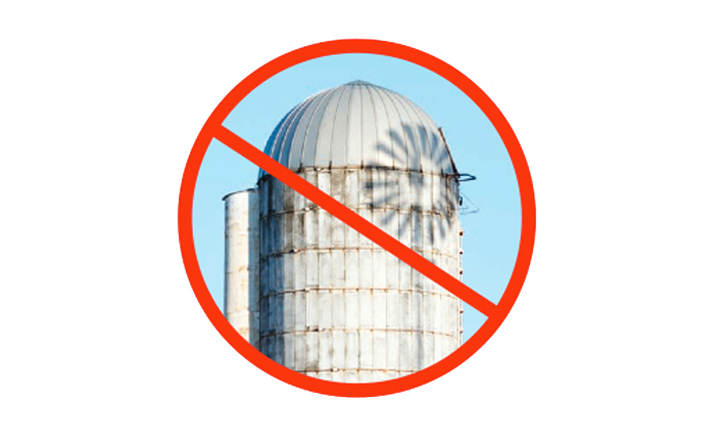
The Mega Shop Redefined
September 14, 2010
Author: Aldo Cundari
Publication: Strategy Magazine
I wrote an article for strategy in January 2009 called “The new agency social order,” issuing a change-or-die call to agencies. I’m happy to say that here at Cundari we just completed a three-year transition from the old integrated model to one that we believe is the agency of the future. You’re probably postulating, “What an arrogant SOB, thinking he has all the answers.”
Welll, I don’t have all the answers, but I do have the conviction, experience and resolve to anticipate trends and follow my beliefs. In retrospect, if I didn’t make the changes, without a doubt, the picture would look a lot different right now – and it would not be a pretty one. The proof is in the results, but before we get to that, let me explain the how and why of the transformation.
The changes were carefully developed from our research on what clients want from their agency and the ever-changing communication landscape that is the reality today. It was clear the changes would not happen overnight. There would have to be a careful assessment of the current staff and their skill set but more importantly, consideration of their appetite for the required change. And, pivotal to success, establishing the timing of when to roll out each of the retooling components.
In a recently published client-agency relationship study of over 200 CMO/marketing executives, I extracted five key findings that best expressed what changes are required to become the agency of the future. I’m referencing them since they closely resemble the findings we based our transformation on over three years ago.
The people. Make sure the agency has the best talent available working in a culture that fosters great creative thinking. These individuals have a deep understanding of their business and are driven by the best solutions using traditional and non-traditional tactics.
Ideas that work. In 2010 and beyond, clients are buying solutions for their business that are measurable – not awards, reputations or promises.
Digital expertise is essential. Combining traditional and non-traditional expertise to drive solutions will guarantee client business objectives. Agencies that invest their own R&D money on insight, educating staff and providing thought leadership in all areas of digital will leapfrog other agencies.
A new partnership. Clients now define “partner” as “sharing in risk.” Embrace accountability, also known as performance pay, but only for what you control. Being proactive with accountability will provide a greater opportunity to be a true partner.
Specialize in insight-rich understanding. You should know the client’s business better than they do. This means specializing in the insight-rich understanding of the segment and investing heavily in that understanding. Given these key findings, what changes transpired and are deemed necessary for survival?
A combination of retraining and retooling of staff throughout the agency. The best talent not only has in-depth knowledge and experience, they also are active within their areas of expertise through a dynamic network that keeps them informed on emerging developments. Research is not an afterthought. Develop deep proprietary strategic insights into consumer behaviour that can be acted upon to directly build the clients’ brand and business. This requires setting aside investment funding to develop proprietary research and acting on it.
Get rid of the silos once and for all. Not only is this a smart move from a people perspective, encouraging “team” rather than “teams” will also streamline the ability to get to the solution quickly and in turn save precious time and clients’ money. This is accomplished through one agency P&L, one rate for all services (not easy to accomplish within current revenue models, but very doable if you retool your model from the ground up), a planning process that starts before any brief is created and fostering a vibrant culture for staff retention.
Redesign operating processes around where decisions are made, not an organization structure. Retool for speed and around the new planning model. Train, train and keep training your staff on the new norms and fundamentals.
Regardless of the shape or size of your agency – monolithic or a single disciplinary support agency – the key is to understand that clients don’t care how you’re structured. They want your people to have the skill sets needed to seamlessly deliver multi-disciplinary insights that generate solutions and measurable results.
This could be why clients believe that assembling single disciplinary agencies into teams of integrated services deliver the best results. I look at it this way: assembling a bicycle from the best parts available on the market will not guarantee the best ride. The sum of all parts must provide optimal efficiencies while at the same time enhancing performance of other parts. Remember, silos are good for grain, not for agencies.
So there you have it, my learning on becoming the agency of the future – oh, and a word of caution: the devil is in the details.